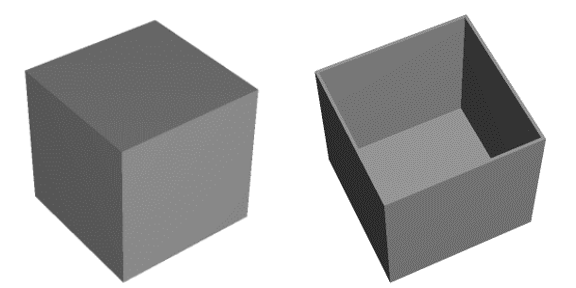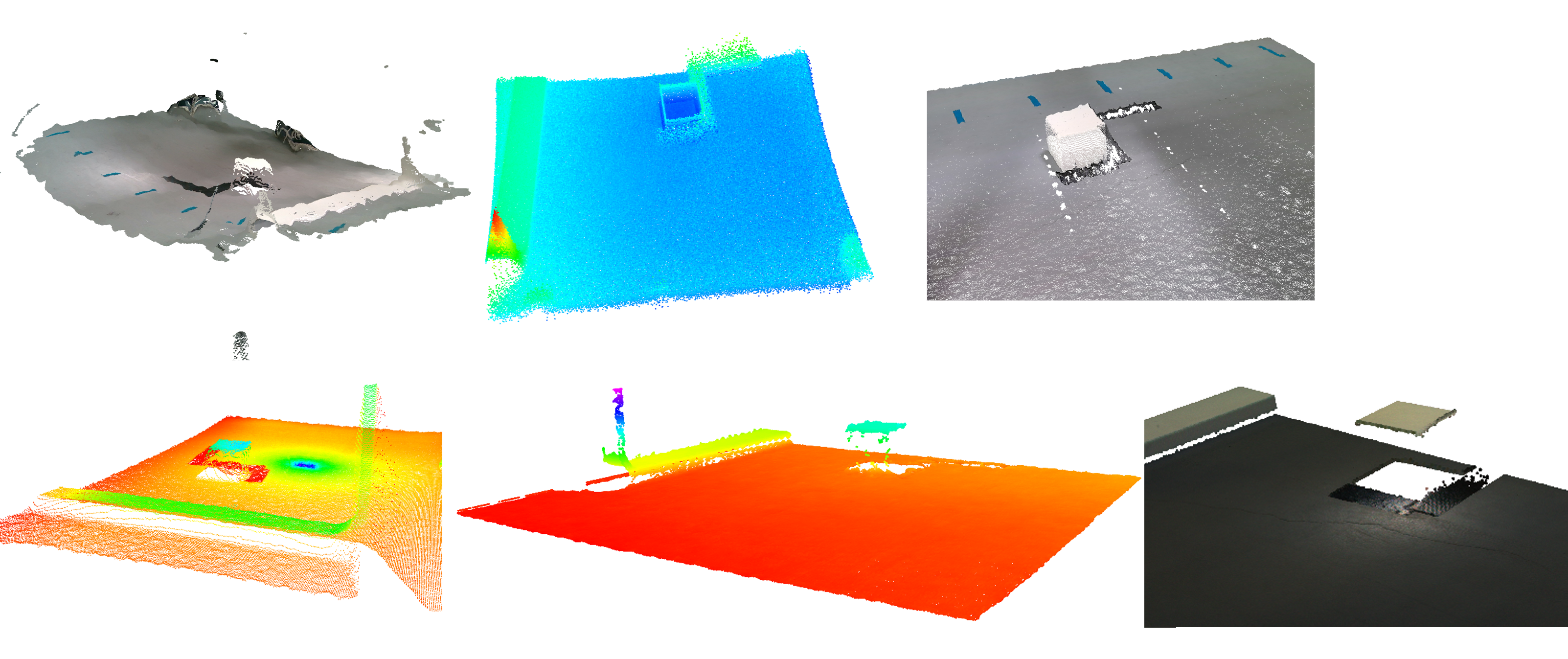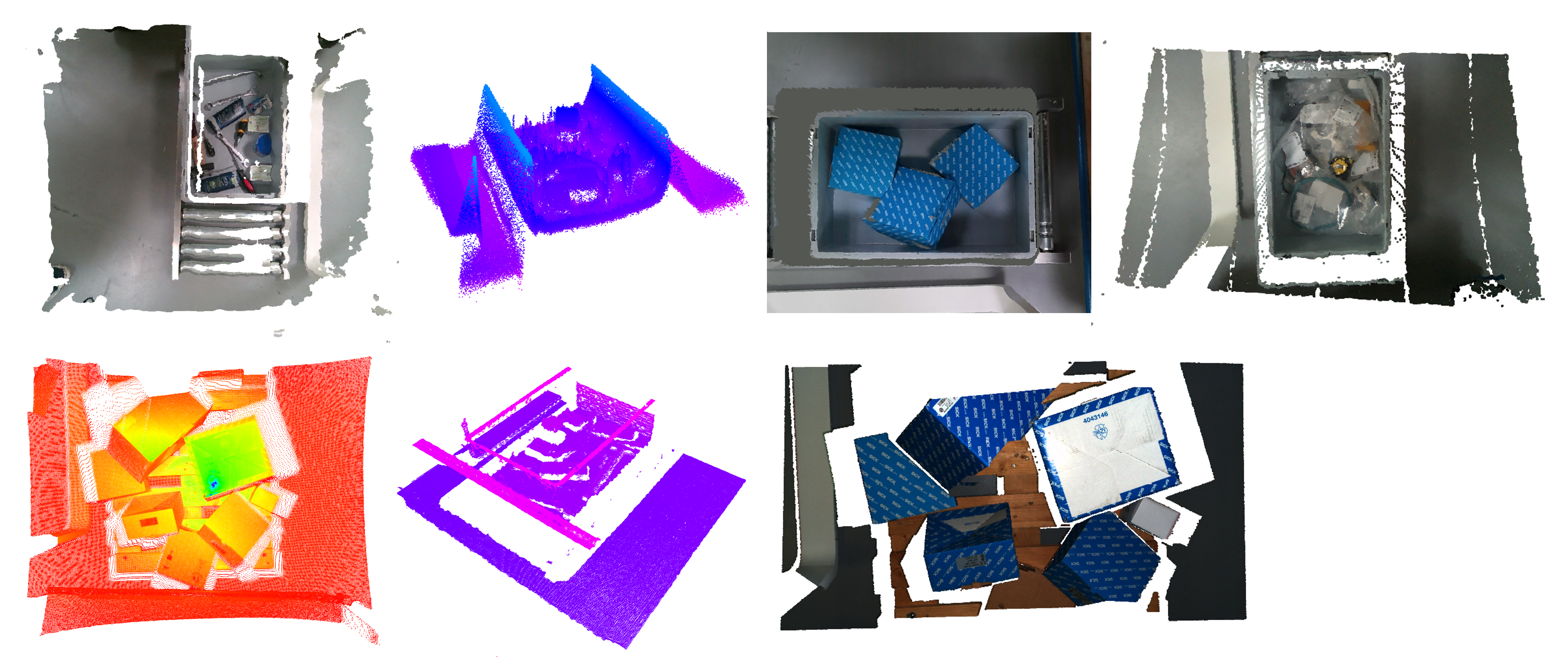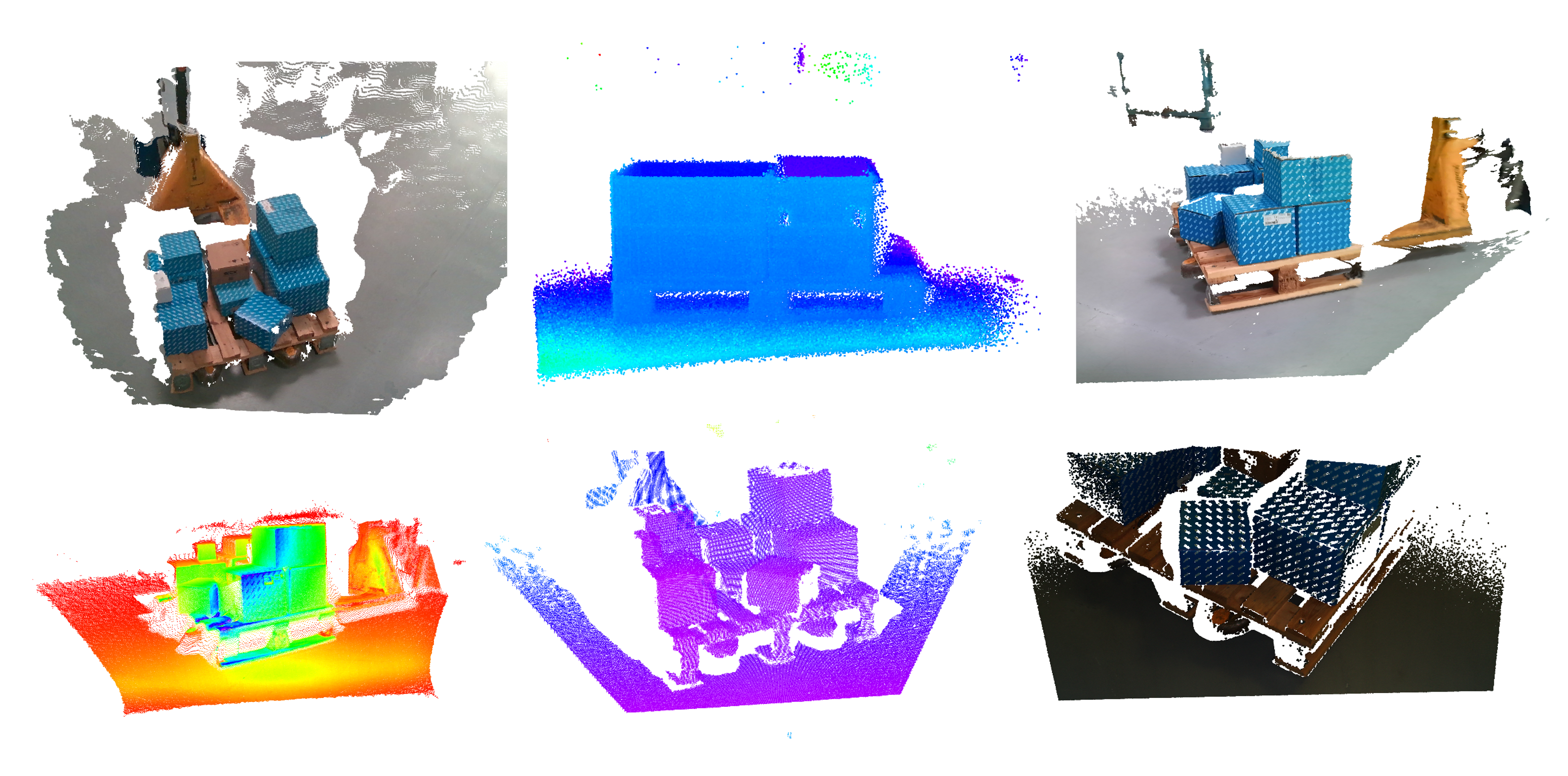3D sensors capture depth data of objects and environments, making them ideal for object recognition, detection and localization in three-dimensional space. As different 3D sensors have different characteristics such as price, technology used, maximum range and quality of the data generated, a calibrated and synchronized data set was recorded at Fraunhofer IML for logistic scenarios and for evaluation purposes. A list of the sensors used can be found within the table below.
Sensors from the paper
| Intel RealSense D455 |
| P+F SmartRunner Explorer 3-D |
| Azure Kinect DK |
| Intel RealSense L515 |
| Sick T-mini |
| Sick Visionary-S |
| Zivid Two |
 Fraunhofer Institute for Material Flow and Logistics IML
Fraunhofer Institute for Material Flow and Logistics IML


